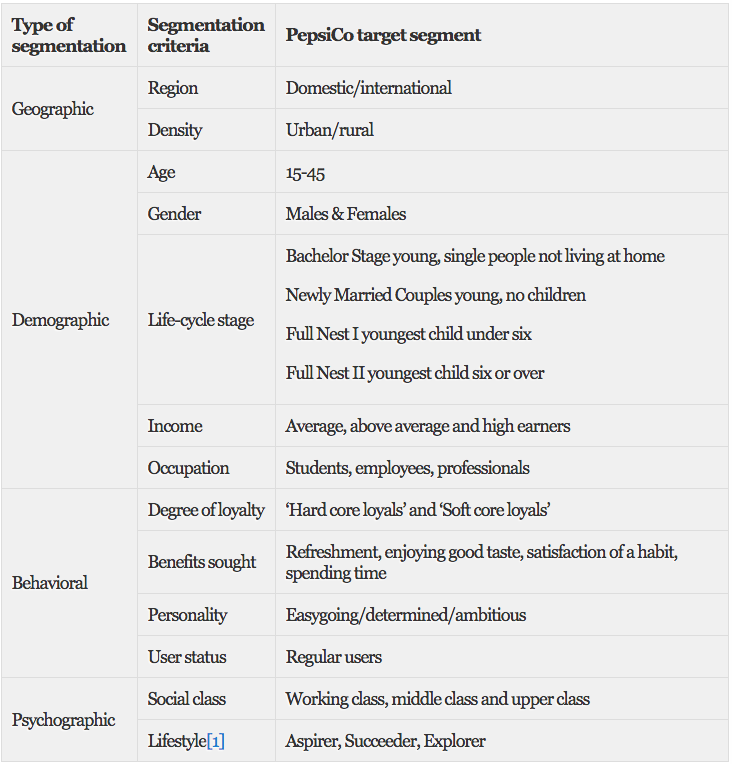Good marketers are constantly scanning, listening, observing, and forecasting in their marketplace. They evaluate, research, and work to recognize opportunities for new innovative products and services. They look to create growth and incremental market share, and they work to satisfy the needs and wants of consumers. Once opportunities and new trends are recognized, these marketers work to start the process to fill unmet customer needs and wants. They begin to conduct their market research and possibly test their service and products. If successful, a marketing campaign and marketing plan develops, as does the process of making marketing mix decisions (applying the four Ps of marketing). They also work to evaluate their markets to explore and research segments, applying STP (segmentation, targeting, and positioning). A marketing plan is then developed that includes a situational analysis, market research, management of the marketing mix, and STP. Marketers now have a plan and roadmap to move their marketing strategy forward.
What Is a Marketing Plan?
Simply put, a marketing plan is a roadmap to help guide marketers and organizations toward success. A marketing plan ensures that focus remains on key components within the plan and the marketing process (for example, core strategies and tactics). It ensures important things are measured. According to marketing expert Sarah White (2014), “A marketing plan helps marketers stay on track. With a written plan, it’s easier to be proactive rather than reactive and to improve with each repetition of the cycle of campaign development and execution” (p. 313). What does a marketing plan look like? White (2014) says, “The specific format of the plan, and what is included, depends on the nature of the organization, its target audience, and its purpose” (p.313). With a written plan, it’s easier to be proactive rather than reactive and to improve with each repetition.
Core Components of a Marketing Plan
There are many different types of formatting and options of what to include in a marketing plan, though several components are helpful to have in every plan. These include a situational analysis (brief history, current competitors, SWOT analysis, segmentation, and rationale), STP (segmenting, target markets, and positioning), marketing mix details, forecasts, financials, metrics, considerations, and a final plan summary including why the plan deserves to be funded.
Why Is Situational Analysis Important?
A situational analysis is important because it presents a description of the company’s services, brands, and core products offered in the marketplace, the history of the organization, its current competitors, and a SWOT analysis. In the situational analysis, a marketer will conclude and present a rationale of what is being marketed and why. It explains why a marketing investment is needed. The situational analysis is an important component in any marketing plan, and it sets the stage for the rest of the plan.
What Is a Target Market?
A target market is a segment of the larger marketplace. It is a specific demographic segment of the general marketplace and population. When you recognize an opportunity in a market, you must complete your marketing research and work to innovate and develop your product or service, test it, and determine whether or not to move forward in that market. If the test is successful, you can continue developing your campaign and formulating your situational analysis and marketing plan.
What Is STP?
Adding STP to your marketing plan improves performance. In marketing, STP represents three important components.
- Segmenting
- Targeting
- Positioning
Why Is STP Important?
In marketing, applying STP adds value and improves marketing effectiveness and efficiency. STP improves performance. According to Sarah White (2014), the STP fuel additive was designed to increase engine performance and fuel efficiency. ‘STP’ for marketing performs a similar feat—increasing marketing campaign performance while making fuel (money) go further in terms of results (as measured by return on investment, or ROI). The approach is simple: Companies segment their market to identify clusters of potential customers, and then target those customers for specific marketing communications, which are designed to position the company’s offering and brand to stand out from competitors” (p.233).
How to Apply STP
There are other dynamics and concerns marketers need to consider when segmenting, targeting, and positioning (STP) a product or service. We encourage you to read and learn more about the marketing process and about targeting and applying STP. For now, let’s keep it to KISS (Keep it straightforward and simple). For an easy example of STP, look at how a large corporation like PepsiCo applies STP to its marketing. Let’s look at the national soft drink’s marketing.
PepsiCo’s Target Market
The target market is where PepsiCo targeting starts, focusing on all consumers who buy soft drinks (the general market) which is a large, heterogeneous market to which PepsiCo distributes its products. PepsiCo understands B2B (business-to-business) channels in the general market that reach consumers. PepsiCo looks to develop per capita and volume in all of these retail business channels. PepsiCo works to build trial and habituation so that consumers in the general market are aware of the brands and products they sell and consume on a regular basis. PepsiCo builds habituation and understands day parts, the times consumers use and purchase their brands.
PepsiCo's Segmentation
This step is where PepsiCo takes the larger market and breaks it up into segments. PepsiCo uses a multi-segment approach and targets more than one consumer group (or business channel). In this step of STP, the bases for the segments are determined and profiles of each segment are developed. This stage is also where research comes in to ensure the right segments are chosen. PepsiCo’s segmentation takes the larger market and divides it into small groups. Marketing is about satisfying the needs and wants of consumers, and many consumers in different groups of the market (segments) have different needs and wants. You can even take a segment you chose and divide it deeper, looking for specific segments within the segment chosen.
PepsiCo's Targeting
PepsiCo now determines who they want to target. Research and design come into the process at this point. PepsiCo evaluates each segment to determine what value exists in each of the market segments. Market attractiveness is determined and measures are developed for each segment. Once these steps are complete, PepsiCo is ready to work toward deciding which selected targeted segments to pursue.
PepsiCo's Positioning
Finally, positioning is developed for each target segment. It’s at this stage that products are positioned competitively in the segment and a detailed marketing mix is developed. PepsiCo understands and has developed a USP (unique selling proposition) for each brand in those segments. The marketing mix for each of the targeted segments is also determined (applying the four Ps of marketing).
The chart below can help you understand PepsiCo’s strategic choices in applying STP.

STP is an important part of the marketing process, and it can add value and give a boost to your marketing campaign and plan. Whether working with a product or service, B2B or B2C, STP will help you succeed in the markets you choose.
--
Written by Bill Davis MA, CM, CDM and Dr. Avisha Sadeghinejad.
References
Dudovskiy, J. (2016). PepsiCo segmentation, targeting, and positioning. Research Methodology.
Retrieved from https://research-methodology.net/pepsico-segmentation-targeting-and-positioning-2/
White, S. (2012) Principles of marketing. (1st ed.). San Diego, CA: Bridgepoint Education, Inc.
